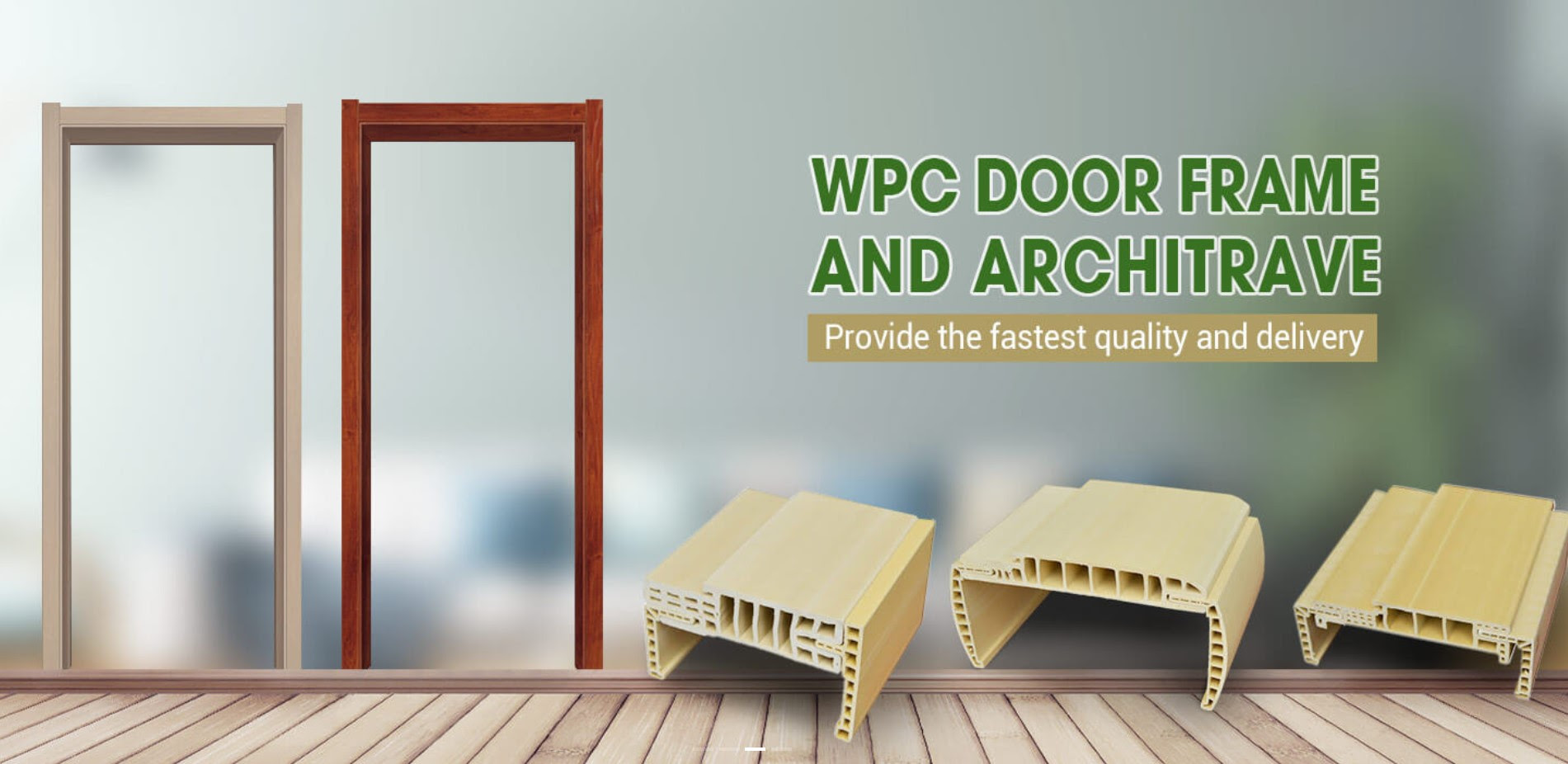Composite Building Materials
Composite building materials are formed from two or more distinctly vary materials. When amass, the properties of the newly formed material are sophisticated to those of the individual components. The process of combining is a mammal practice rather than a chemical one, for that defense the composite materials feature the collective properties of their ingredient materials.
Composite materials contain two types of constituent materials, matrix and reinforcement materials. At least one variety of each type is indispensable. The matrix material surrounds and supports late accrual constituents by keeping their relative positions. The reinforcement material imparts special beast properties, such as electrical and mechanical, to incorporation the matrix properties.
Composite materials are noted for characteristic properties such as high structural strength, lightweight, resistance to chemical wear and corrosion, toughness (impact strength), mechanical stiffness, heat resistance and ease of dispensation (manufacturing). Most materials are cost vibrant, cause less public inconvenience and require degrade long-term money and replacement costs.
Commonly used forms are fiber-reinforced plastics (fiberglass, thermoplastic composites, thermoset composites, etc), metal matrix composites (white cast iron, hard metal and metal-intermetallic laminate), ceramic matrix composites (epoxy resin, reinforced carbon-carbon, etc) and engineered wood (plywood, oriented strand board, and pykrete).
For more info Soulwood Building Material Co. Limited.
Composite materials are found in flora and fauna. An example is wood that contains cellulose fibers reinforced by a polymeric substance bearing in mind lignin. Wood is one of the most common materials used in the construction industry. Straw and mud in the form of bricks are the most primitive composite building materials. Other varieties are organic matrix or ceramic aggregate composites (syntactic foam and asphalt authentic).
Concretes are made from the union of aggregate and gum binder. They are used in the manufacturing of motorways/roads and all building structures. Natural fiber composites (NFCs) are made going on of natural fibers plus than wood or hemp following panicky materials furthermore recycled plastics. They are generally reasonably priced and can be easily molded into sheets, boards and frames. NFCs are used as an every second for timber in fences, railings, flooring, roofing, etc. The composite materials following imitation granite and cultured marble sinks are moreover widely used.

Comments
Post a Comment